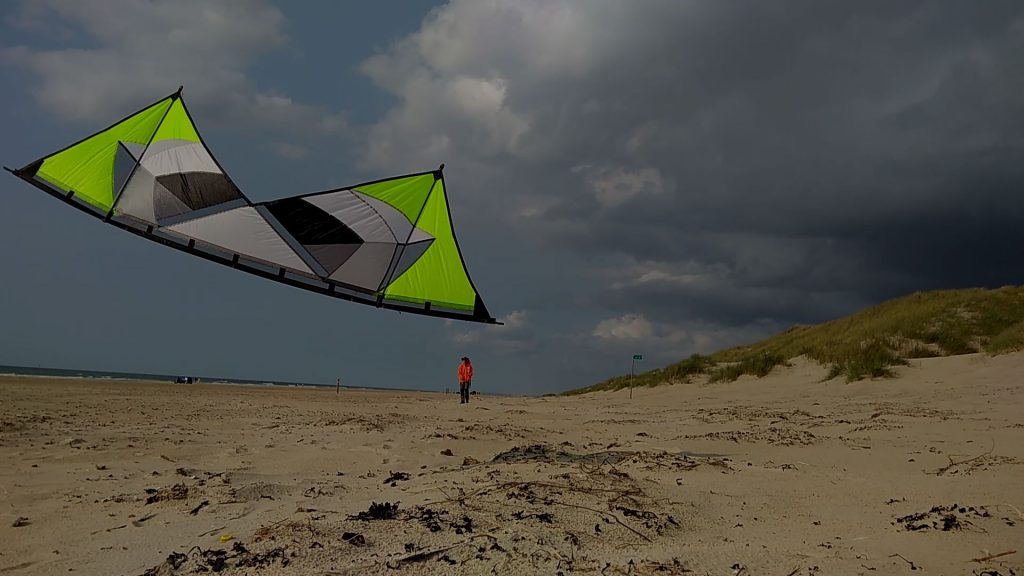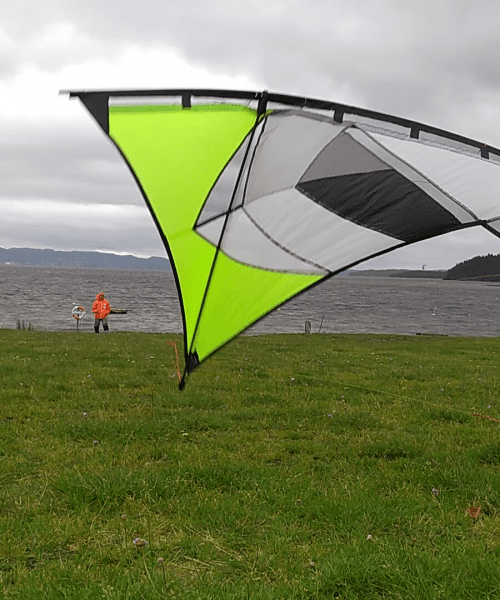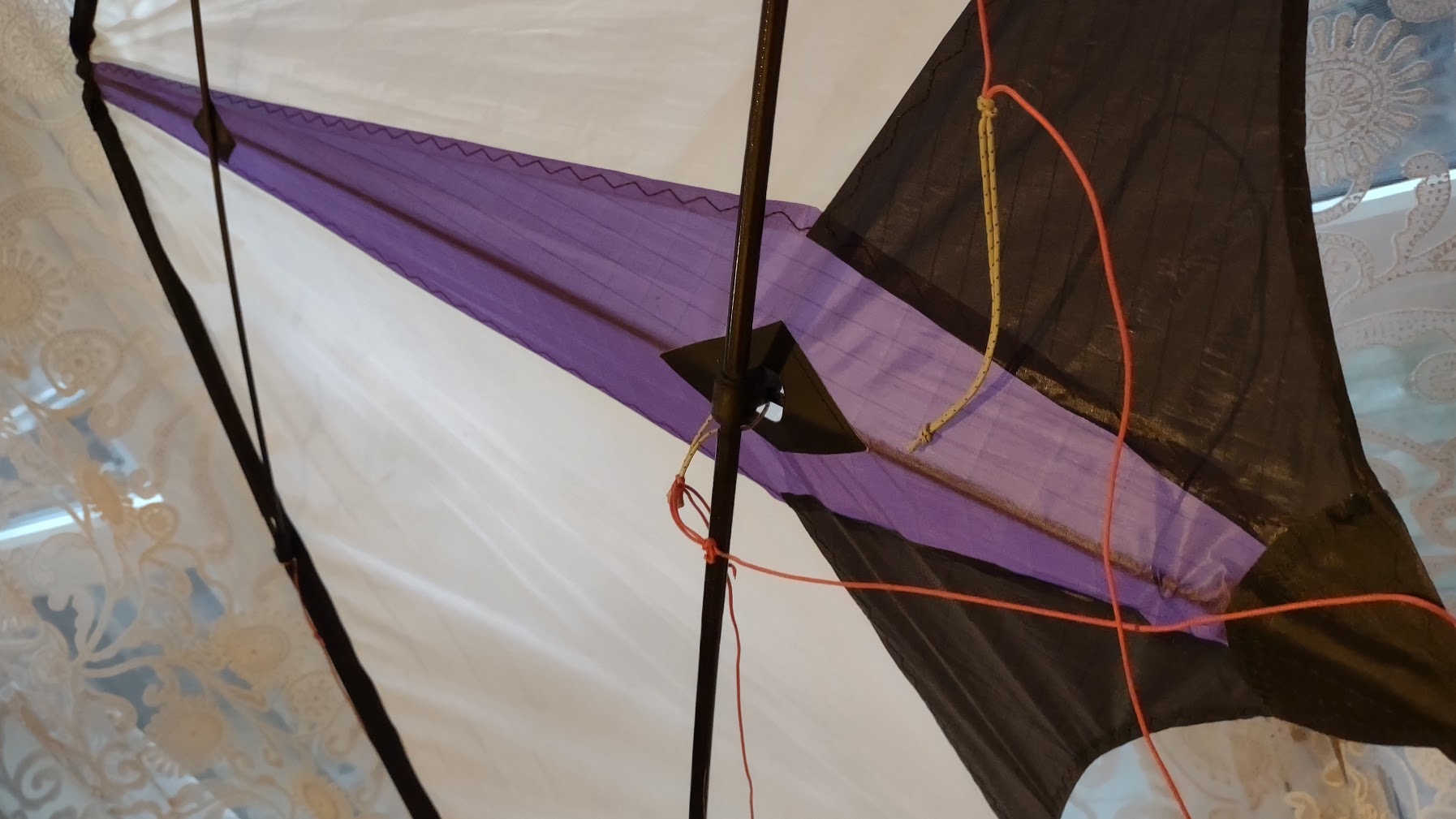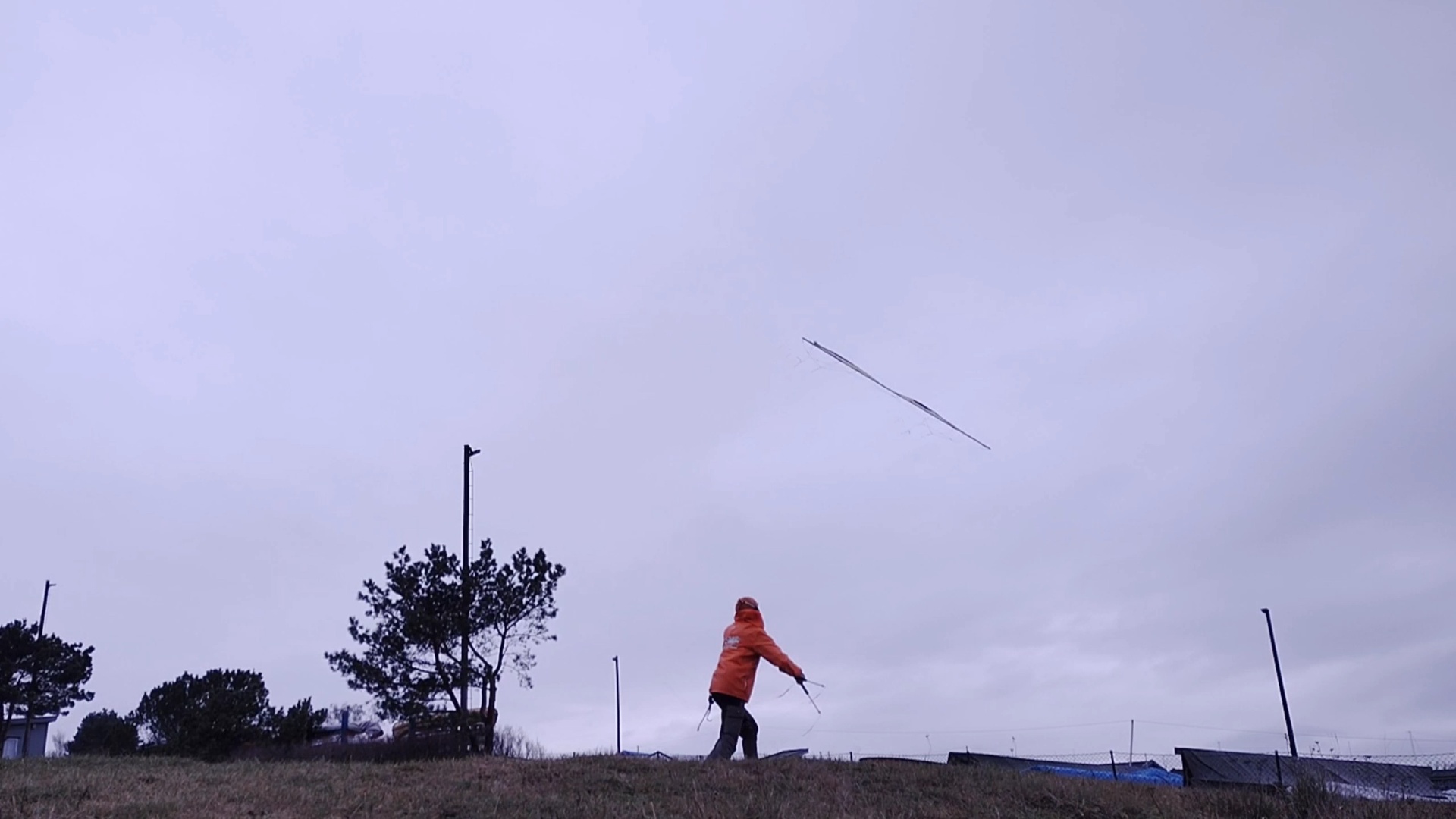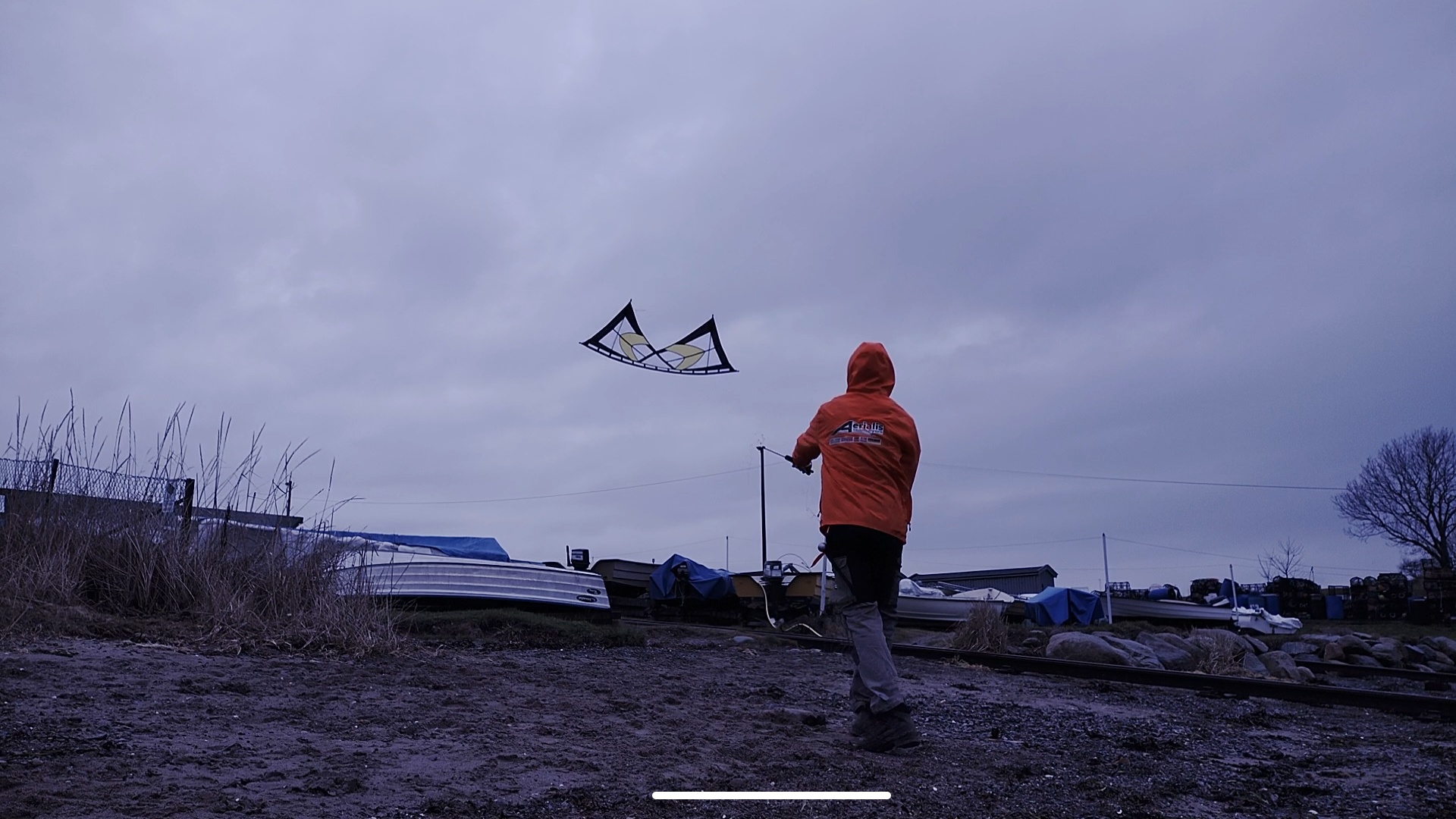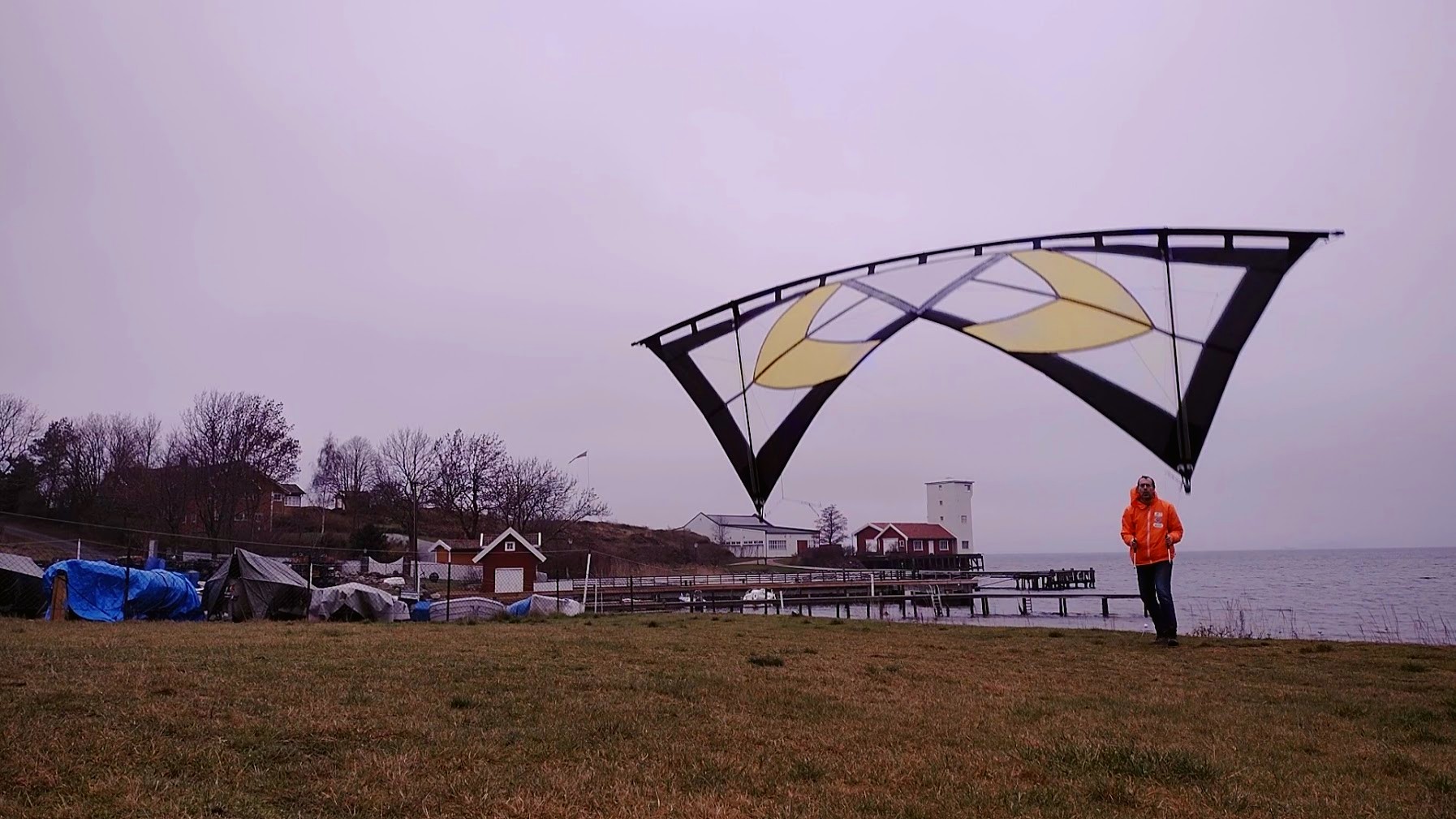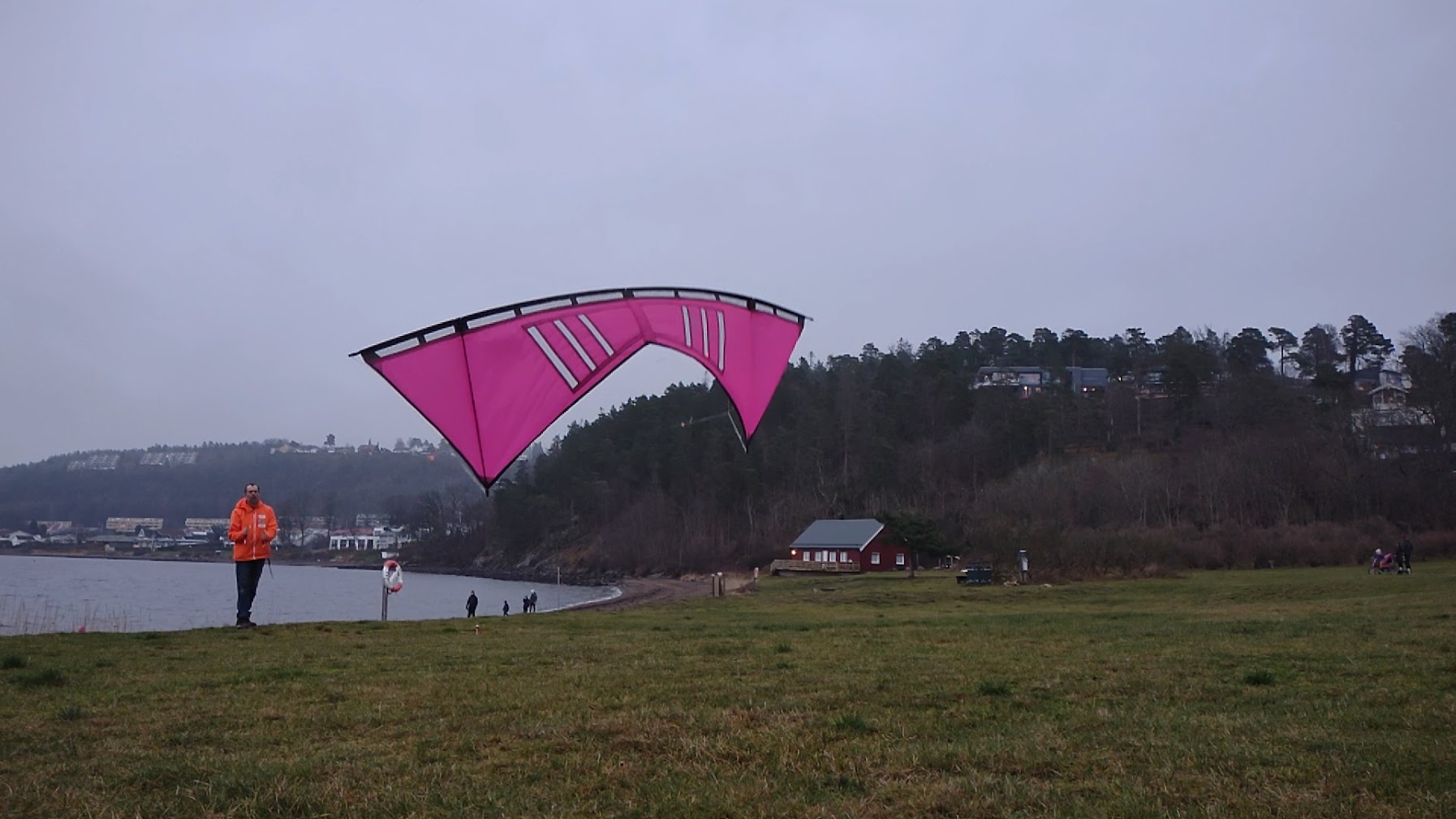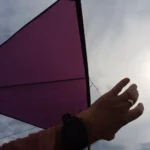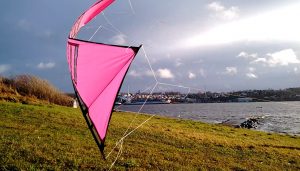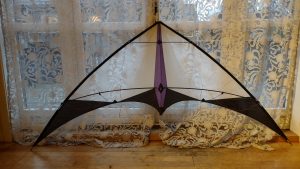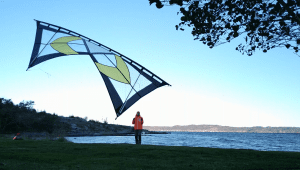I would not conscider light wind flying a ‘trick’ but it’s definately a very useful skill that will take youf flying a quantum leap in the right direction. …and… it’s fun! Trust me!
The more you learn about freestyle flying the more clearly you understand that what it’s all about is being sensitive to changes in line tension and the position of the kite. With experience (and practice) you’ll becoma aware of how subtle your input needs to be to guide your kite and keep it flying in low wind conditions. The better you get at this the easier everything will come to you afterwards.
In fact tricks becomes easier to do in low wind. This is because in such conditions your kite will move more slowly thus giving you a bit more time to react. Holding a stall – a position very much used to initiate a trick – is also easier when you don’t have to walk or even run down wind.
Don’t worry if you haven’t got the latest light wind kite available. The basics of light wind flying can be learned with almost any kite! If you can keep a heavier kite in the air, you’ll be amazed how easy it will be to fly a quality low wind kite when you get your hand on one!
Why not head for the flying field even on those days you normally wouldn’t go due to low winds and see if you can get your kite to fly. One thing though. In such conditions your kite won’t fly all by itself. Sometimes you will have to make it fly by ‘creating your own wind’ by moving around on the ground. When you get the hang of this it surely will look that your kite is kept up in the air by almost by itself.
When you get the hang of slack line (or freestyle flying) I bet you will prefer those light wind days before the strong wind ones. The range of tricks you can do with a lot less effort on a light wind day is so much wider than on a blustery day. When the wind is stong enough to let the kite float in a stall or in a fade without moving, is my fave wind strength. I’m pretty sure you will come to the same conclusion as well!
Some times it’s easier to break in a new trick in light wind conditions. As mentioned above, less wind makes your kite move slower and many times that’s just what’s required to nail that trick. Using a short line set also helps, thus bringing the kite up close making it easyer to shee what happens …. or don’t happen.
When the wind is blowing at 10-12 mph or higher, a lot more effort is required from the flyer’s side to do a trick, so the experience you gain when you fly in light winds will make a quantum leap to your flying skills!
This article was first published at AERIALIS-DOT-Com on Aug 5th, 2004





